30th October, 2023
A post by Raymond Goh last evening, intrigued me as it was unraveled by tomb inscriptions. And then caught up in the moment, inspired me to compose a poem which I am sharing in this blog post. It has been reworked since but remains in essence in the same spirit. It goes like this:
An Ode to Beauty and Justice
The Father
Handsome is Mr. Koh,
brilliant, his path of justice
but sorrowful his birth,
for she was gone in a whisper,
and ‘tho he knew not a mother’s love,
yet, he remembered her, first,
when his first born was delivered,
he named her for his mother.
A second followed
both as good as their Papa,
Graced the halls of justice,
for such was their beauty,
equaled only,
to the unparalleled head turner of their dear Papa.
Ode to Beauty & Brains
The Daughters
So it came to pass, the daughters turned heads,
everywhere they went
Down under, especially where they schooled,
The younger, turned a beauty competition
Crowned, and together with her elder sister,
Claimed the prize, that was Melbourne,
Where they, you guessed it continued to turn heads,
More years passed,
And suitors came,
The older, turned the head of one Australian billionaire,
Settled down under,
The younger, the crowned beauty,
Turned the head of an actor from Hollywood.
~~~~~
Where are you now, Papa’s precious girls?
Because, we remember, you have never looked as beautiful
As when you were both on either side of Papa
With linked arms
~~~~~~
But here ends my ode to beauty and brains,
That was the family of Koh Choon Hong,
An ode that lingers, because there is beauty and grace in their story,
And one last unanswered question, still.
Where are you Shu and Tian?
papa misses you

Koh Choon Hong (from NLB archived, extracted from bukitbrown.org)
The Lim Hock Seng Family
An update:
On the morning of Sunday, June 22 ’14, Raymond Goh was on his usual weekend exploration of Bukit Brown when he came across the tomb of Ngo Kim Neo who died young at 22 years old in 1927.
On her tomb was inscribed, she was the wife of Lim Hock Seng (see the original story below) and she left behind 4 children, Sons: Lim Cheng Chuan and Lim Cheng Ean; Daughters: Lim Khoon Neo (Lucy) and Lim Geok Kiat.
What was intriguing was the name of Lim Cheng Ean which was included in the inscription as her son, as he was born in 1934, 7 years after the death of Madam Ngo Kim Neo.
We emailed the daughter of Lim Cheng Ean to inform her of the find and if she could throw some light on the matter.
This was her reply:
“I have managed to gather some brief knowledge about Ngo Kim Neo from my mother. Apparently Lim Hock Seng married 2 sisters. The first died very young without children and her grieving parents offered their second daughter, who must be Ngo Kim Neo, to him. She had 2 daughters and then sadly died giving birth to my father’s older brother, Lim Cheng Chuan, who was known in the family as the ‘Tiger Baby’ because he ‘ate his mother while being born’ (1927 was indeed the year of the tiger) . I’m not sure if this is a Chinese superstition, or just a Lim family ‘fable’. My father will be so moved to see the photo that I am posting to him today. I doubt he has ever seen the grave, or his own name credited as her son on the tombstone. His sister, Lucy (Lim Khoon Neo), was very close to him ” Gillian Mendy nee Lim, 23 June’2014
Gillian further explained that, her father’s (Lim Cheng Ean) mother was Lim Hock Seng’s third wife, Khoo Ah Tho, brought from Penang to marry him and look after the 3 young children left behind by Ngo Kim Neo.
From Gillian’s information, we gleaned that after Lim Cheng Ean was born, the tombstone of Madam Ngo was replaced to include his name to acknowledge Madam Ngo as his mother. We are not sure what customary practice led to this, or maybe it was a husband’s last loving tribute to the wife who bore him 3 children before she passed away at childbirth at the tender age of 22.
In sharing with us the close relationship her father had with his half sister, Lucy Lim Khoon Neo, Gillian attached an article on her aunt’s wedding and another line of family connection was revealed. Lucy Lim married Cheong Thiam Siew, Chairman of Frank Knight, who was the son of Cheong Hock Seng, and grandson of Cheong Koon Seng Her husband came from an illustrious and blue-chip line of property auctioneers.
And finally Gillian shared that her father who was in a fragile state of health when she first wrote to us in in January of this year, has improved and just celebrated his 80th birthday. The family put together a scrap book of his Lim ancestors, and the photos we had sent earlier of his father’s and his grandparent’s graves at Bukit Brown was the centerpiece of the book.
*****
All Things Bukit Brown received an email this morning (14 January) addressed to Raymond Goh. It was from Gillian Mendy (Lim) from London, asking if her grandfather’s Lim Hock Seng’s grave was affected by the highway. Her email read:
“Your Bukit Brown website is incredibly informative and interesting. We have only just discovered about the planned road works through the cemetery.
My grandfather is buried at Bukit Brown and we are trying to find out if his grave is affected by the road project. The family now live in England. If it is affected then we would come to Singapore to claim the remains.
Tomb 1-
The family of a certain Mdm Fong Fon who died during the war. They family had contacted LTA who then advised them to contact me. They emailed me previously but I had not time to reply. So I decided to search for her the day before and found it, and today (Sunday) I saw them looking for graves at Blk 4 with some tomb keepers., Out of curiosity I approached them. They were looking for plot number 20. Bingo! It was the same tomb belonging to the same family who had emailed me. The plot number was indeed 205, but it was at Blk 3 Section .
Tomb 2 –
I was coming down from the Gan Eng Seng tomb when I encountered 3 people looking for their grandfather’s tomb. They had never been to their grandfather’s tomb but recalled their father telling them it was somewhere up a hill. They managed to obtain the tomb number from the burial register, it was Blk 3 Section B tomb 389. He was a certain Mr Ng who hailed from Tong Ann. I led them quite high up the steep hill, and when they saw their grandfather’s tomb they apologized to him for not visiting for a long time. They then informed him that if it had not been for a volunteer to guide them, (yours truly) they would never have found him, and they thanked the stars for this wonderful reunion.
Tomb 3 –
This was the third attempt of a request to locate the grave of a 17 year old woman Tan Lay Chee who died in 1932. Although the tomb address is Blk 3, Section C, 857, it was actually located at the very top of the hill, some where in Section B. I think for all of us, each and every tomb in Bukit Brown is precious, whether big or small, poor or rich, for it means something special to someone out there. It was third time lucky as they say, but sometimes the spirit of Bukit Brown works in mysterious ways and my last tomb find of the day, enriched me greatly at the end of a long day.
text and photos by Raymond Goh
I was wondering if you knew if there’s a name list for all of the people buried at Bukit Brown? Because my father says my great-grandfather is buried there, but he cannot remember the location of the tomb, and we would like to find it if possible.
Alvin Soon
Dear Alvin,
Start with the name of your great-grandfather and date of his death. The National Archives has made it easier to search online for his “address” which should state the block, division and plot number. You can find the records for the burial registry here
You can also try the newspaper archives for any mention of notices of death and if your great grandfather is a prominent member of the society in his lifetime, you may find more reports on him.
Once you have the block. division and plot number download this map
Finding an ancestral grave can be challenging if the family has not visited in a long while. The graveside may be overgrown. Also searching for plot numbers can be counter intuitive. The Bukit Brown Cemetery fell under 3 different administrations during its nearly 50 years of operations from 1923 – 1973 – the colonial government,the Japanese occupation and Singapore government. If on site, and you see tomb keepers in the area, they can be helpful. And if you still need help please contact us again. I wish you luck and hope you will be able to find your great grandfather by Qing Ming.
Regards,
Raymond Goh
No, the Sikh Guards don’t come alive at night. A “live” tomb is one where the deceased played a part in the design of his final resting place while still alive. In this case, Chew – a Chinese physician – conceptualised an elaborate design which included his own modest terra cotta army of 2 Sikh Guards . A “live” tomb is usually undertaken to ensure the well being of future generations on the recommendation of a Chinese Feng Shui master after a reading.
If you have any questions for Raymond, please email to a.t.bukitbrown@gmail.com
Bukit Brown Cemetery is named after George Henry Brown who came to Singapore in 1840 to start a shipping business. He bought up an area of roughly 200 acres which covered rolling hills. The Malay word for hill is “bukit” and “sua” is hill in the Hokkien dialect.
After Brown’s death the land passed through the hands of Mootapa Chitty ( a Chettair ) and Lim Chu Yi ( a Chinese businessman).
In 1872, it was bought by 3 clansman from the Ong Clan each paying $500. The land was donated to the Hokkien Clan Association without condition for dwelling, farming and burials. It was called “Seh Ong Sua”
In 1918/1919, the colonial government paid about $24.500 for a portion of the Ong burial site (97 acres) to be used as a Chinese Municipal Cemetery opened to all Chinese, rich or poor. From a private cemetery for the Ong Clan and the Hokkien community, it became a public cemetery known as Bukit Brown Cemetery in 1923.
Kopi Sua refers to the area near Mount Pleasant Road where Brown lived, which was originally named Brown’s Hill. One reason offered as to why it is called Kopi Sua – Hokkien for Coffee Hill – is that in the dialect there is no equivalent to the colour Brown. So “kopi” was the next best thing. The other reason is Brown attempted to grow coffee on the estate but it didn’t take.
What is now known as the Bukit Brown Cemetery includes 50 acres known as Lau Sua (Old Hill) which was opened and managed by the Hokkien Huay Kuan as a cemetery in 1892. So the short answer is Kopi Sua is not Bukit Brown Cemetery and vice versa. The Bukit Brown Municipal Cemetery ceased operations in 1973
It all began in 2005 when younger brother, Charles fascinated with the seemingly unexplainable, founded Asia Paranormal Investigators – a non profit organization to research lost history, urban legends and unusual phenomena.
Cemeteries were a natural haunting ground and elder brother, Raymond was roped in because his better command of Chinese and his interest in Chinese culture and customs gave him a natural advantage when it comes to “reading” tombstones.
And so began the Goh brothers’ induction into the Bukit Brown Cemetery’s Hall of Fame as the tomb whisperers.
Since they started their exploration of Bukit Brown in 2006, they have researched and identified hundreds of graves, some so hidden by undergrowth (imagine Lara Croft and Angkor Wat) – it defied even the best efforts of their descendants.
The discovery of the tomb of Cheong Koon Seng – a prominent realtor /auctioneer and impresario of Peranakan opera in the early 1900s – was one.
The Goh brothers receive requests almost weekly not only for help to locate tombs, but also to help unravel familial relationships. Many of the prominent residents in Bukit Brown are related by marriage, and in life as in death continue to be enjoined albeit at times unbeknownst to their descendants.
At last count, one of the descendants has identified more than two dozen residents she can trace her genealogy to. Long lost cousins have found themselves through Bukit Brown. It is the gift that keeps on giving. And the Goh brothers are an inextricable part of that gift, exploring Bukit Brown in their free time and scouring the archives in their search for more information.
For Raymond and Charles, though, the first major case they cracked under API was “The Case of the Missing Heiress” in 2007. At stake was S$100 million and the only clue a black and white photograph. The case continued to hog the headlines even after the missing heiress was identified and set to claim the inheritance, when a twist in 2008 resulted in 2 more claimants to the estate.
For Raymond and Charles the case leads them back to Bukit Brown as some of the people involved are buried there.
Raymond is now attempting to unravel the inscriptions and couplets composed on these tombstones for hidden messages to close the case . Or maybe it will just lead to a new story. With their unerring instinct to search out the truth, one never knows with the Goh brothers.
In the meantime, the Goh brothers continue to make inroads in reconciling the past with the present

Reunion of the living with the dead - Ang Seah Im's descendents rediscover his tomb with the help of the Goh Brothers
So far they have uncovered 25 pioneers buried in Bukit Brown with streets named after the them. Among them, Seah Im and Koon Seng Roads
And they are so very much in demand to lead tours that they are inducting new guides from the face book group and we have large shoes to fill.
Let me dream while I can,
Let me see the stars while I can,
Let me cry, let me laugh,.
Let me hold you in my arms, Let me be.
One day I may dream no more,
One day I may not wake up,
But do remember me, let me live on,
Don’t ever forget that I ever exist,
A man’s life is so short, in a twinkle he is gone.
There’s so much to see, so much to discover.
Wouldn’t you hold my hand, and together let’s fly to the stars.
And one day when I am very, very old, let me close my eyes,
Let me dream forever.
(Written by Charles Goh)
For more reports on the Tomb Whisperers, please click here.
Weekends with Raymond Goh and his family here
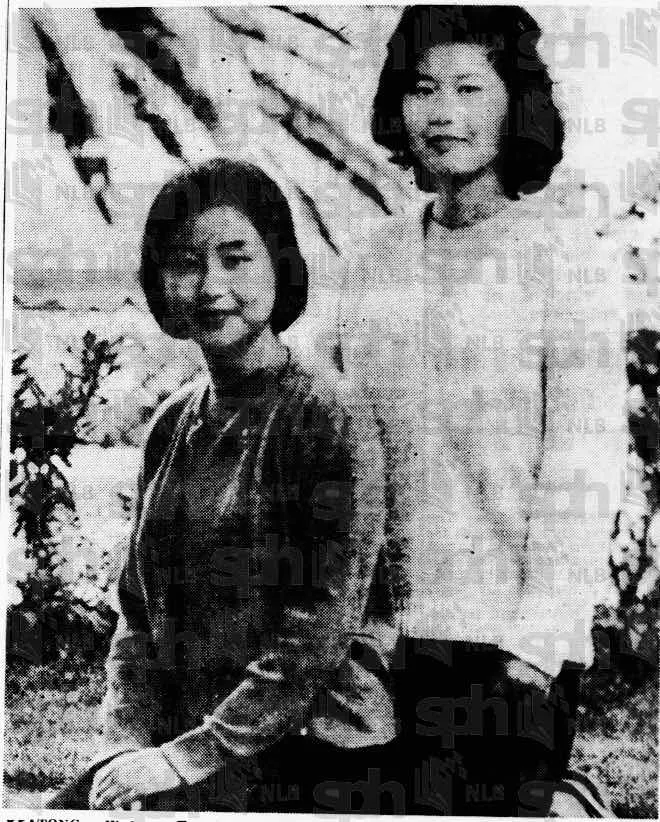
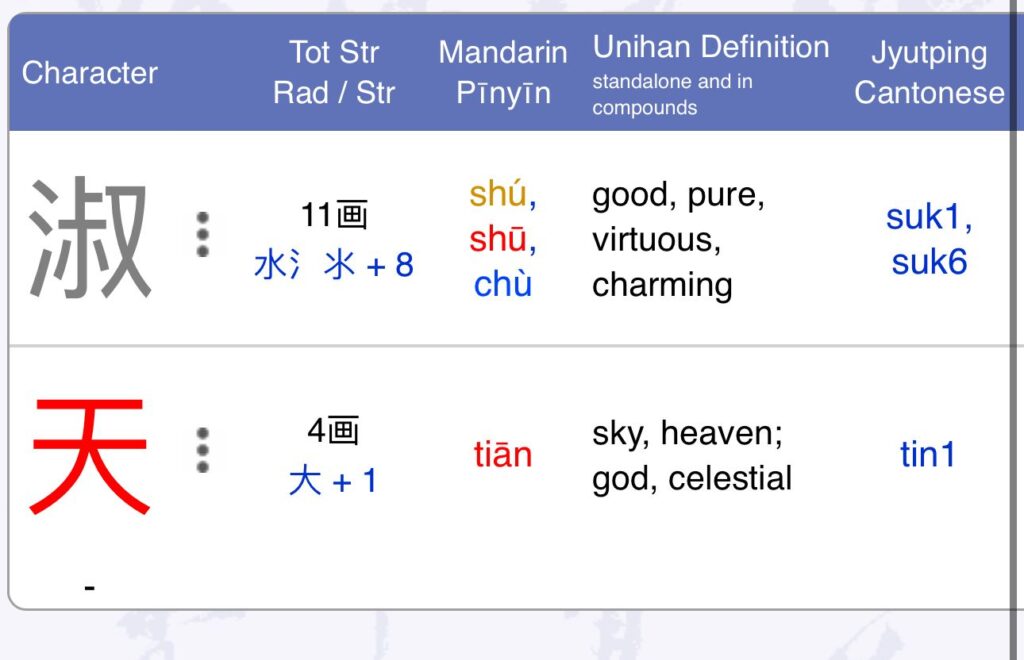

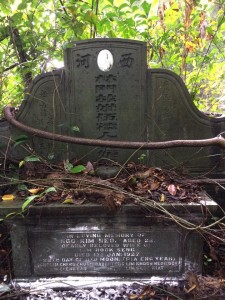

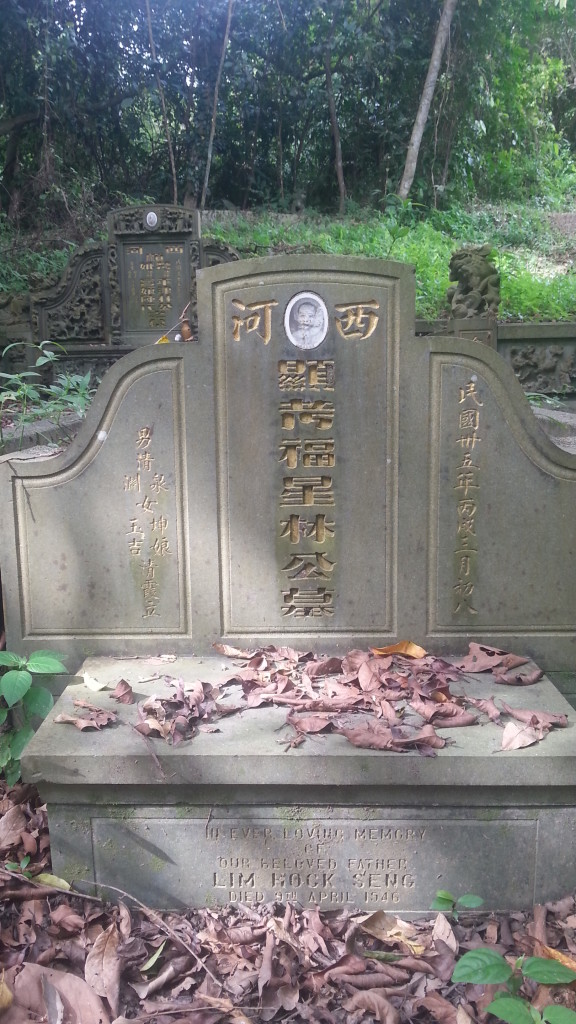
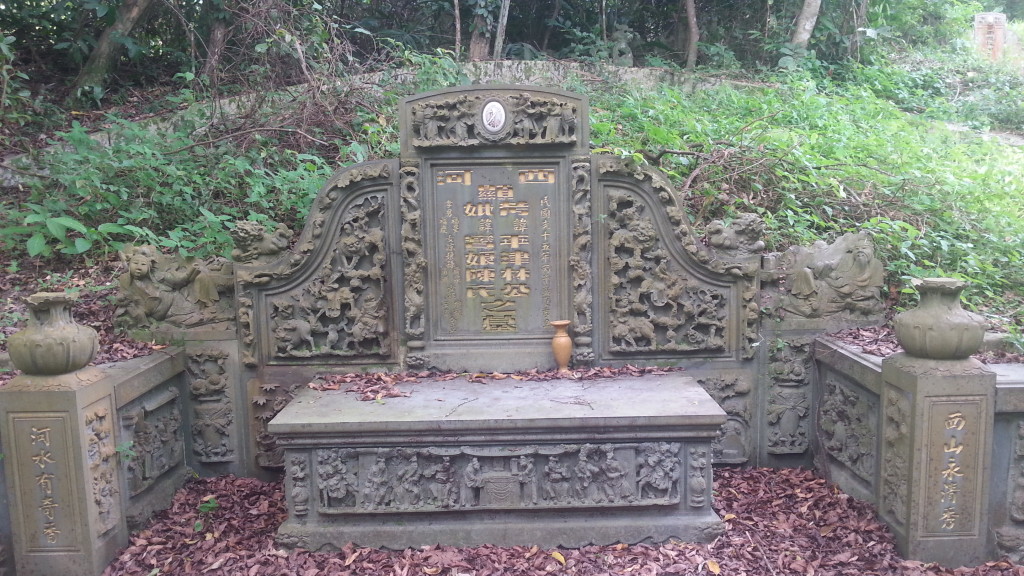
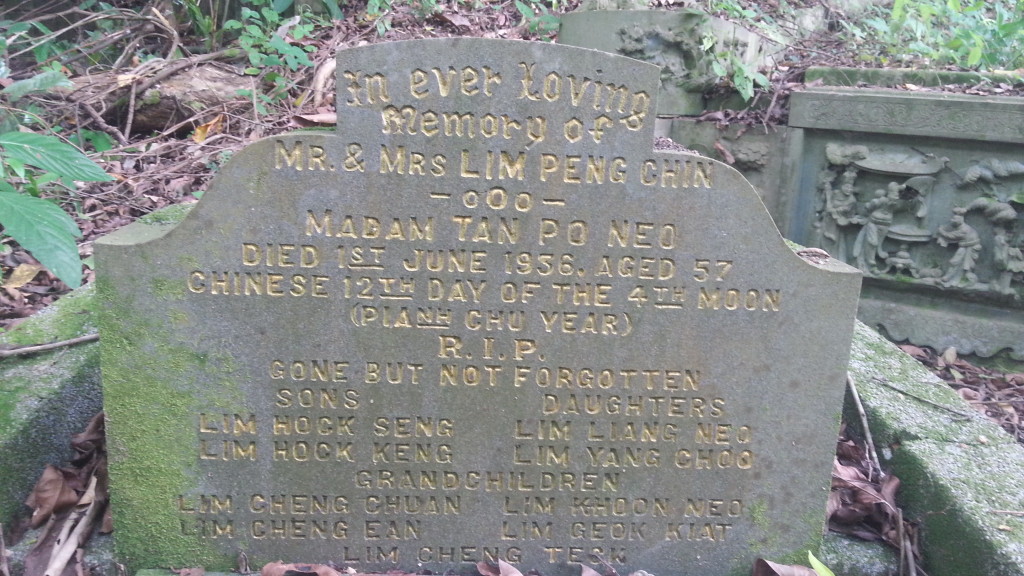
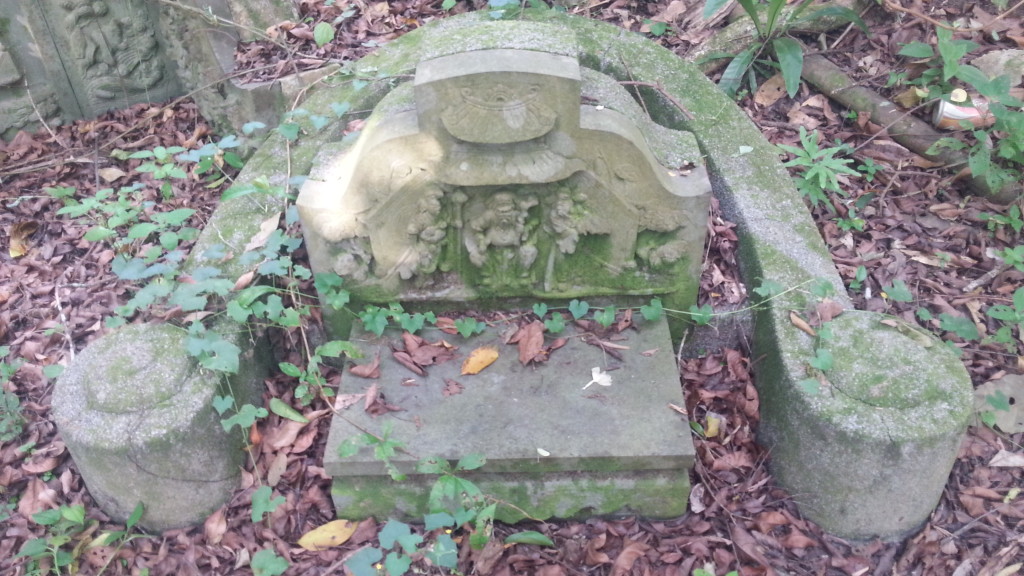
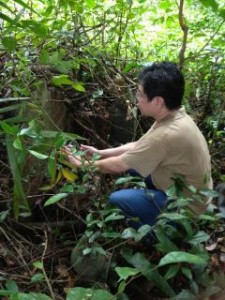
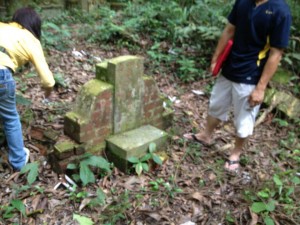
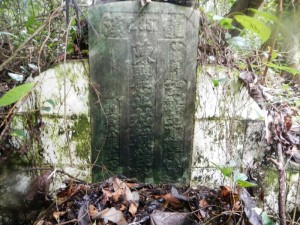

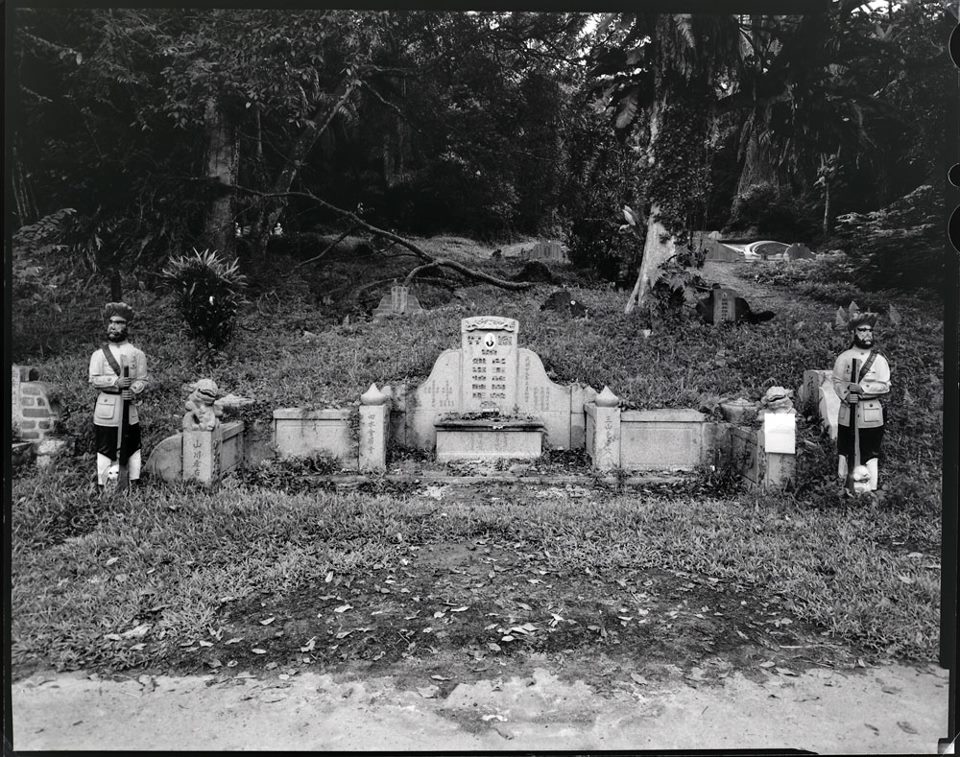
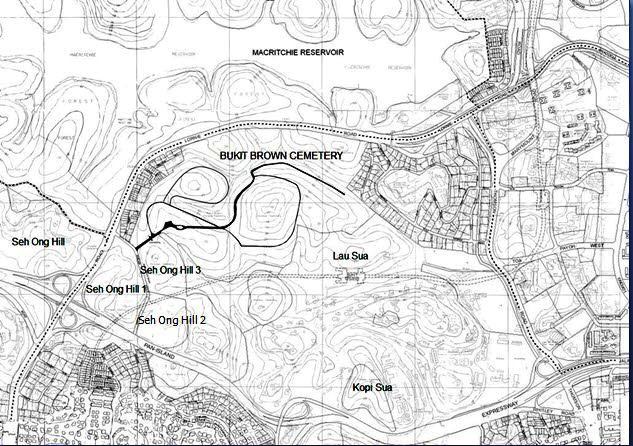
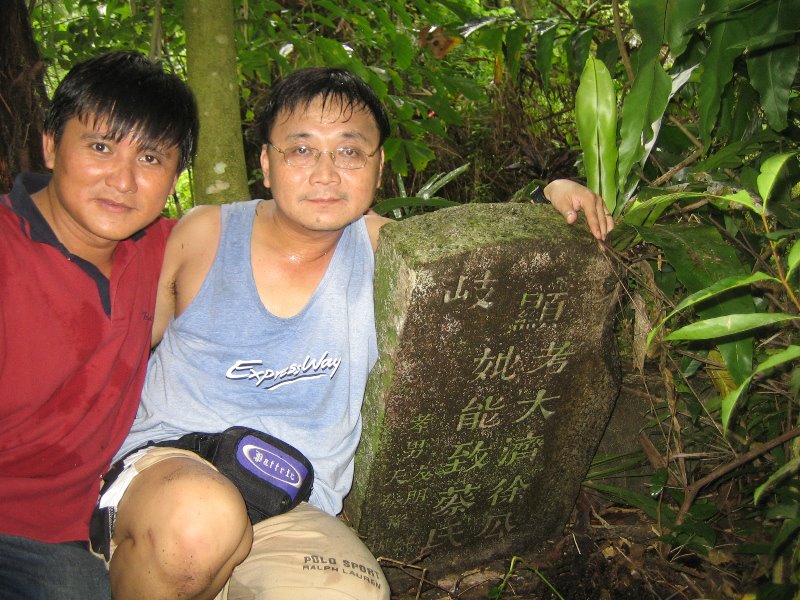



Recent Comments